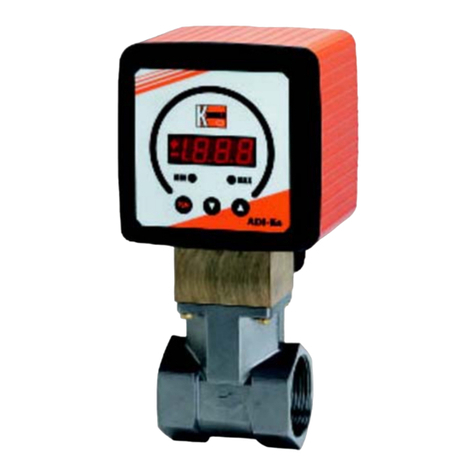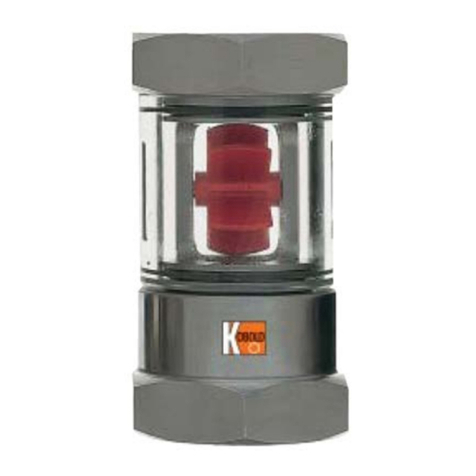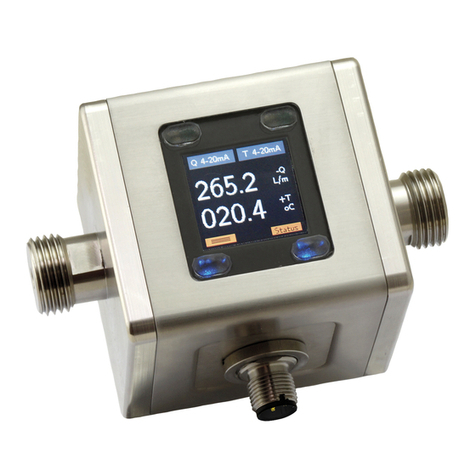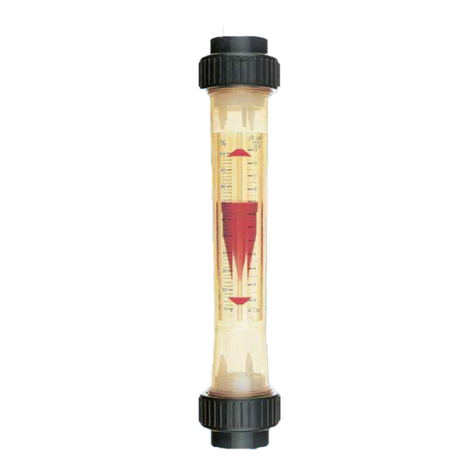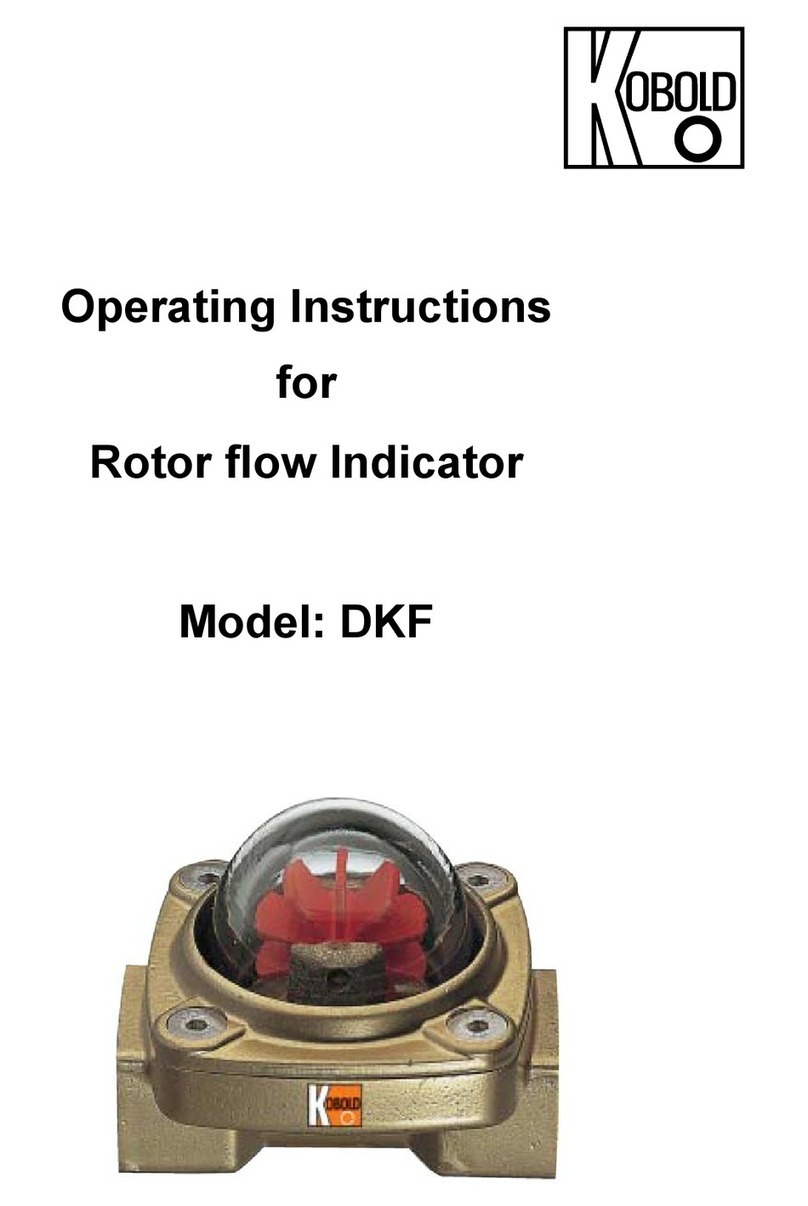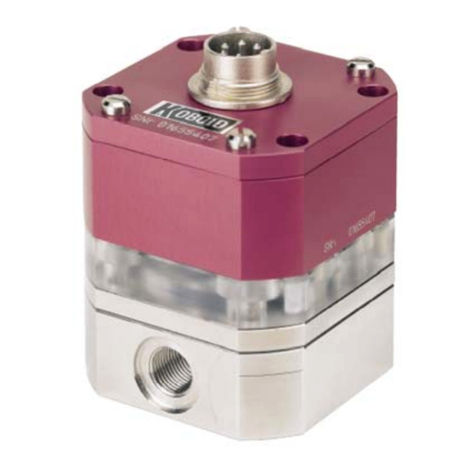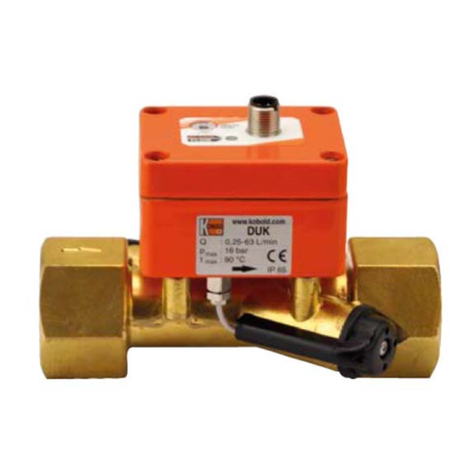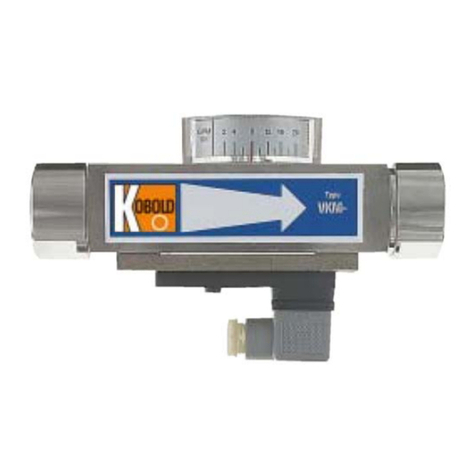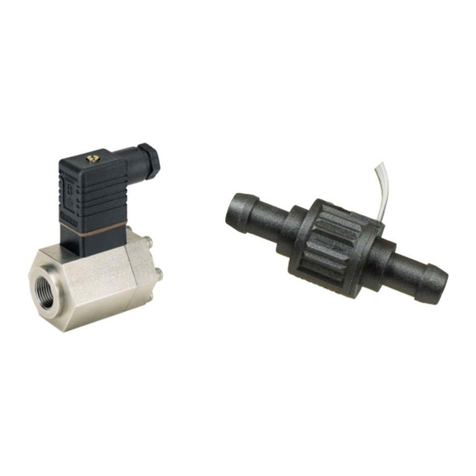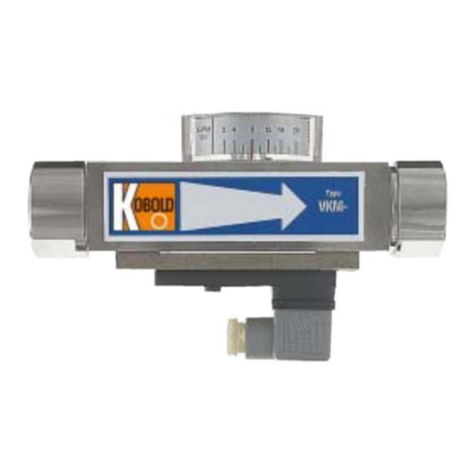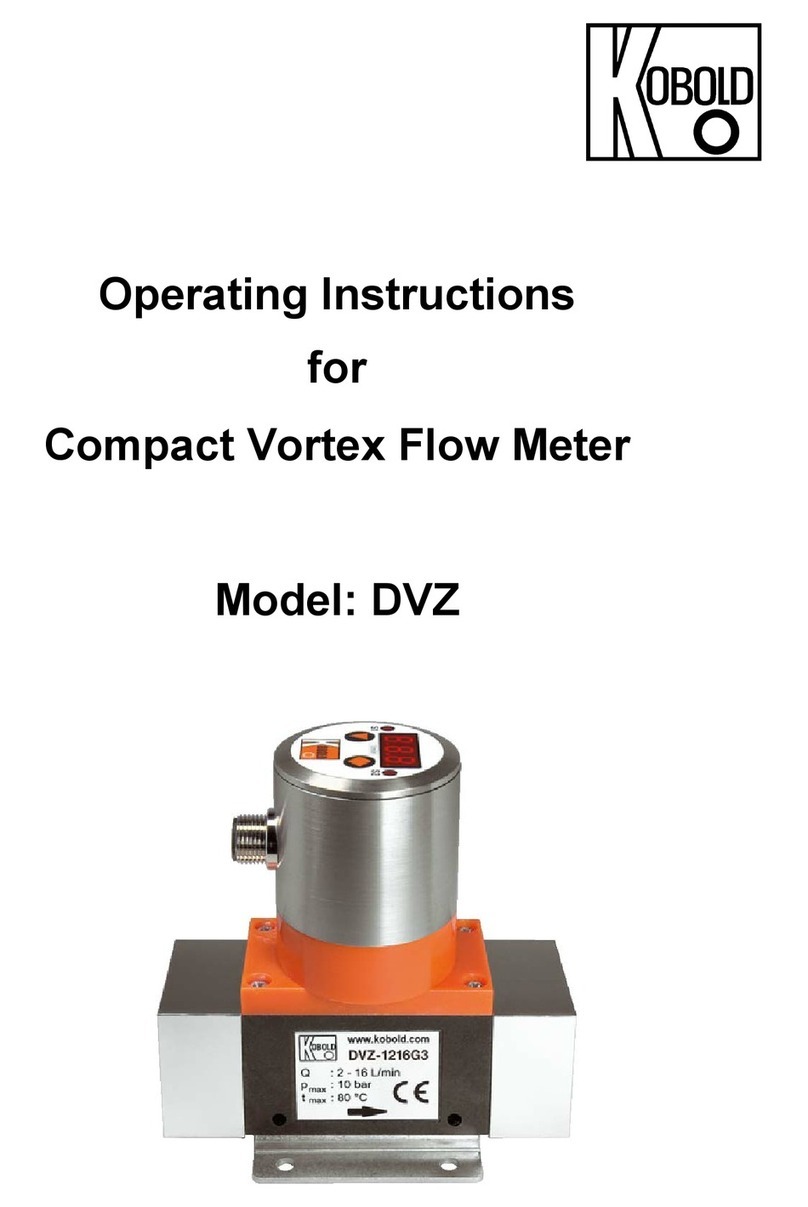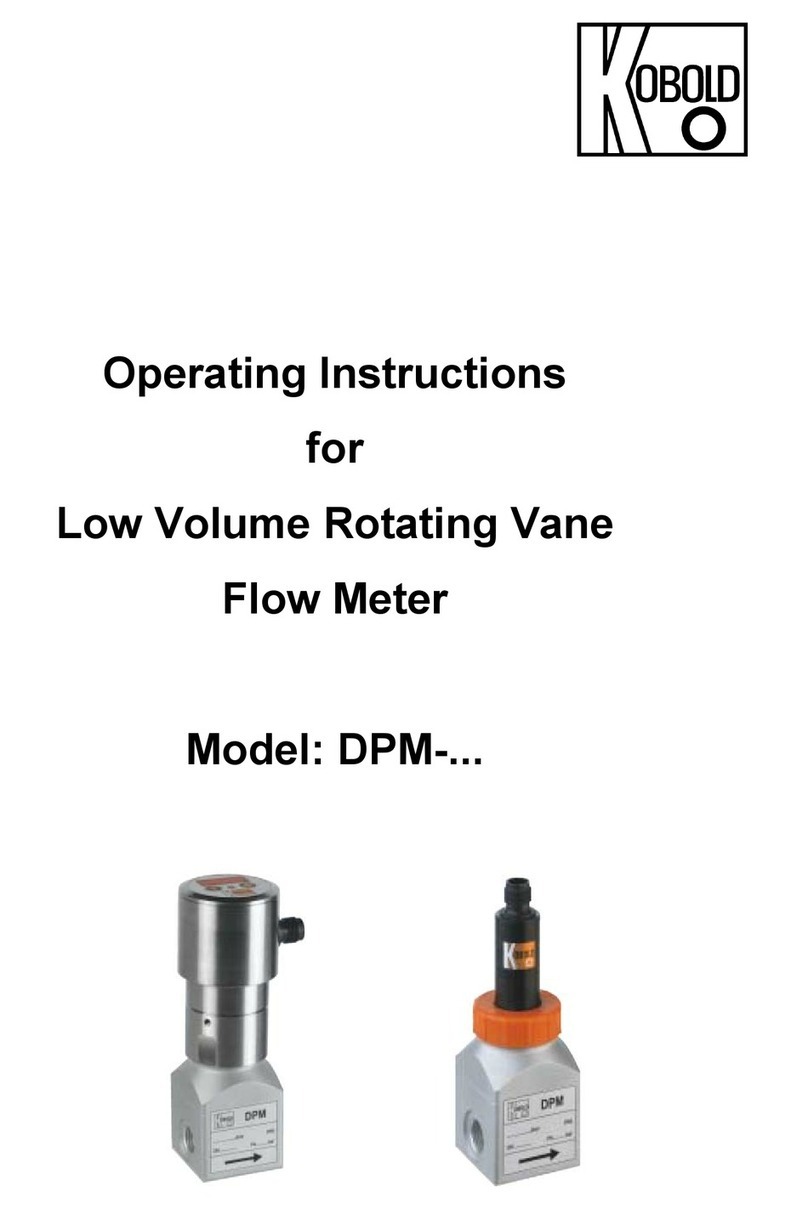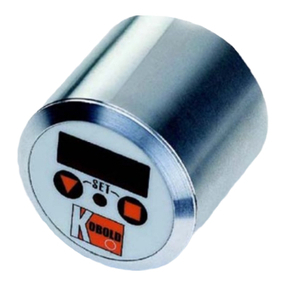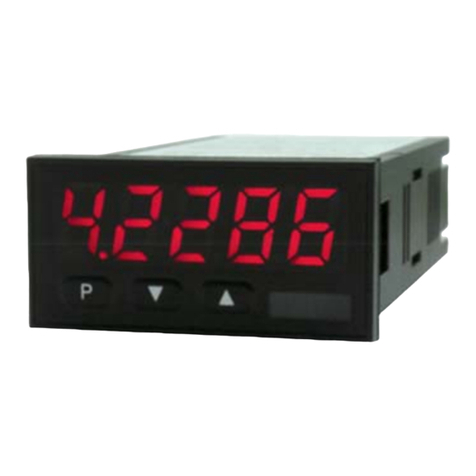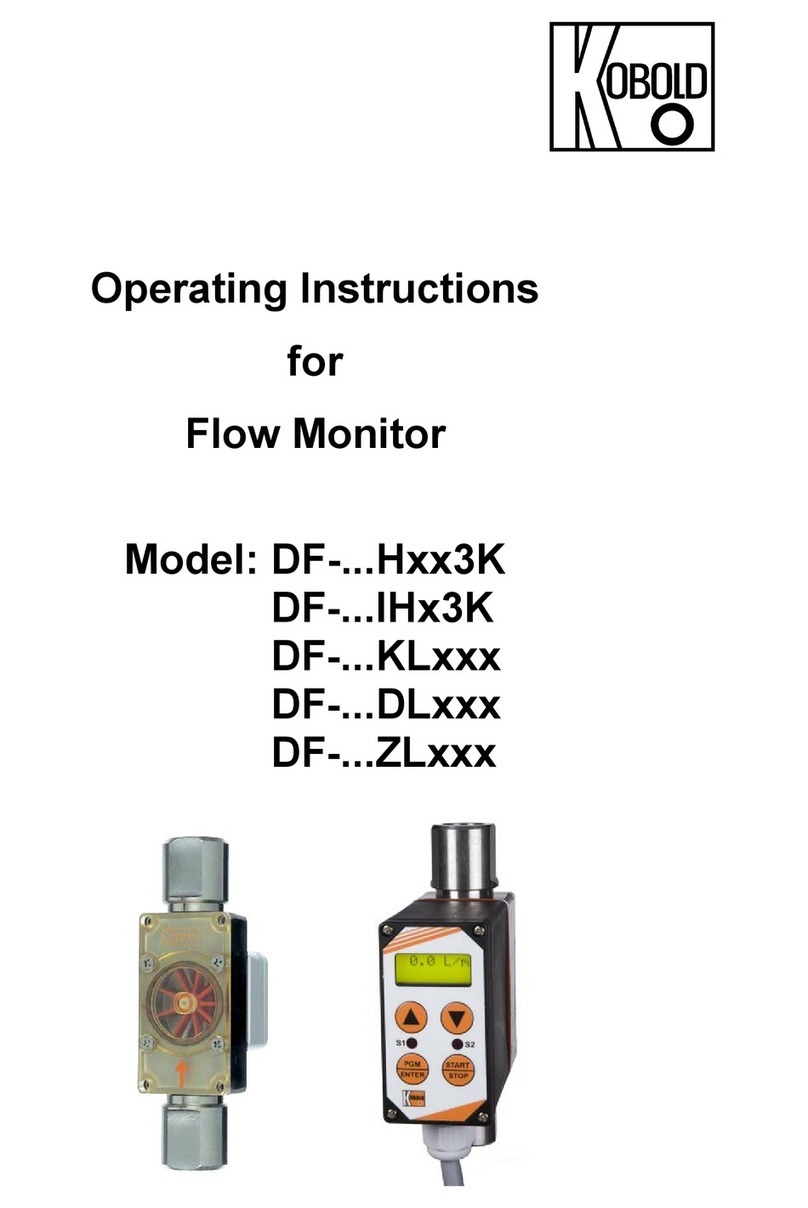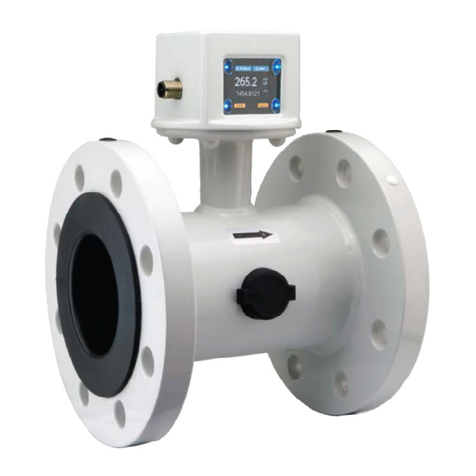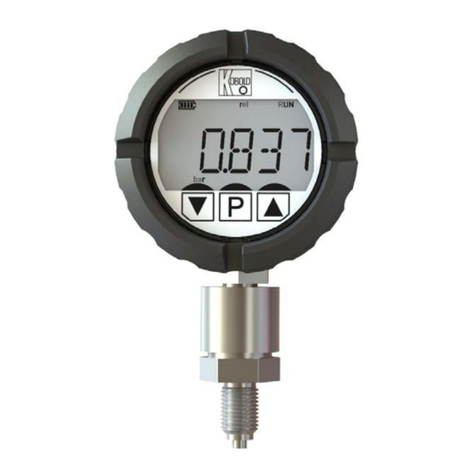CONTENT
Hardware 4
1 General .................................................................................................................................................4
1.1 Explanation of symbols .................................................................................................................................4
1.2 Safety instructions .........................................................................................................................................4
1.2.1 Intended use ........................................................................................................................................................4
1.2.2 Mounting, start-up and operation .........................................................................................................................5
1.3 Environmental aspects ..................................................................................................................................5
2 Product description ............................................................................................................................6
2.1 Modular design..............................................................................................................................................6
2.1.1 Changing the pipe diameter.................................................................................................................................7
2.2 Functions.......................................................................................................................................................7
2.2.1 Analogue output (OUT 1).....................................................................................................................................7
2.2.2 Switch (alarm) outputs (OUT 1 and OUT 2).........................................................................................................7
2.2.3 Pulse output (OUT 2) and consumption meter.....................................................................................................8
2.2.4 Setting the standard conditions............................................................................................................................8
2.2.5 Lowowcut-off ....................................................................................................................................................8
3 Mechanical installation .......................................................................................................................9
3.1 Installation dimensions ..................................................................................................................................9
3.2 Choosing the appropriate mounting location.................................................................................................9
3.2.1 Process pressure ...............................................................................................................................................10
3.3 Installation position......................................................................................................................................10
3.4 Inlet and outlet measurement path..............................................................................................................11
3.5 Installation of the gauge mounting block .....................................................................................................12
3.5.1 Operating the pipeline without transmitter .........................................................................................................12
3.6 Mounting the transmitter unit into the gauge mounting block......................................................................12
4 Electrical installation ........................................................................................................................13
4.1 Connection diagram ....................................................................................................................................13
4.1.1 Switch and pulse outputs ...................................................................................................................................14
4.2 Bus output (projetcted) ................................................................................................................................14
4.2.1 M-Bus (Meter Bus) (projected)...........................................................................................................................14
4.2.2 Modbus RTU (projected)....................................................................................................................................15
4.3 USBcongurationinterface.........................................................................................................................17
5 Display................................................................................................................................................17
5.1 Measured value display...............................................................................................................................18
5.2 Display menu ..............................................................................................................................................18
6 Error messages .................................................................................................................................20
7 Maintenance.......................................................................................................................................20
7.1 Removing the transmitter from the gauge mounting block..........................................................................20
7.2 Cleaning the sensing head..........................................................................................................................21
7.3 Ordering guide for accessories ...................................................................................................................21
8 Technical data....................................................................................................................................22
8.1 Factory settings of the outputs DN15 / DN20 / DN25..................................................................................23
8.2 Factory settings of the outputs DN32 / DN40 / DN52..................................................................................24
8.3 EU Declaration of Conformance..................................................................................................................25

